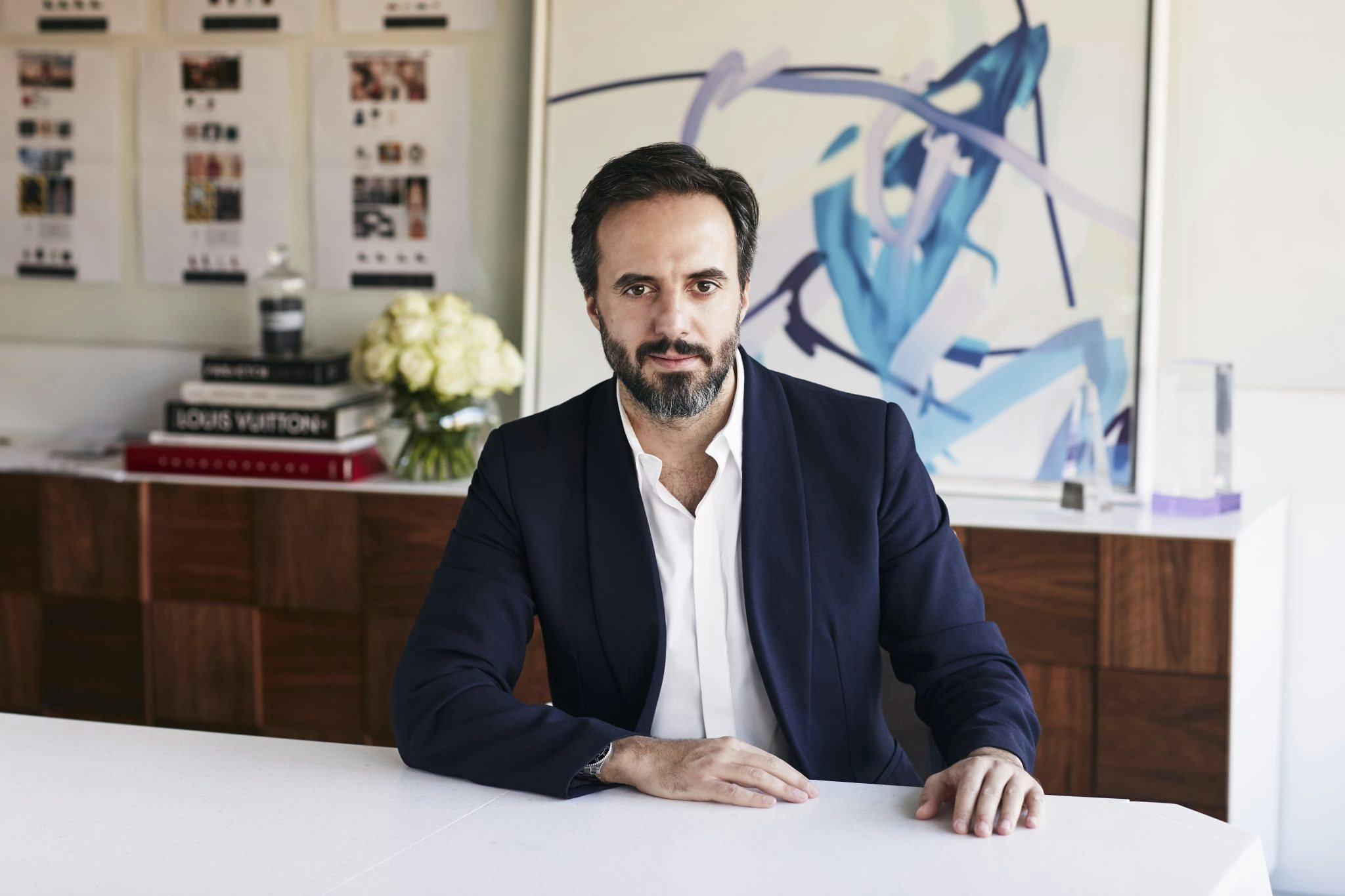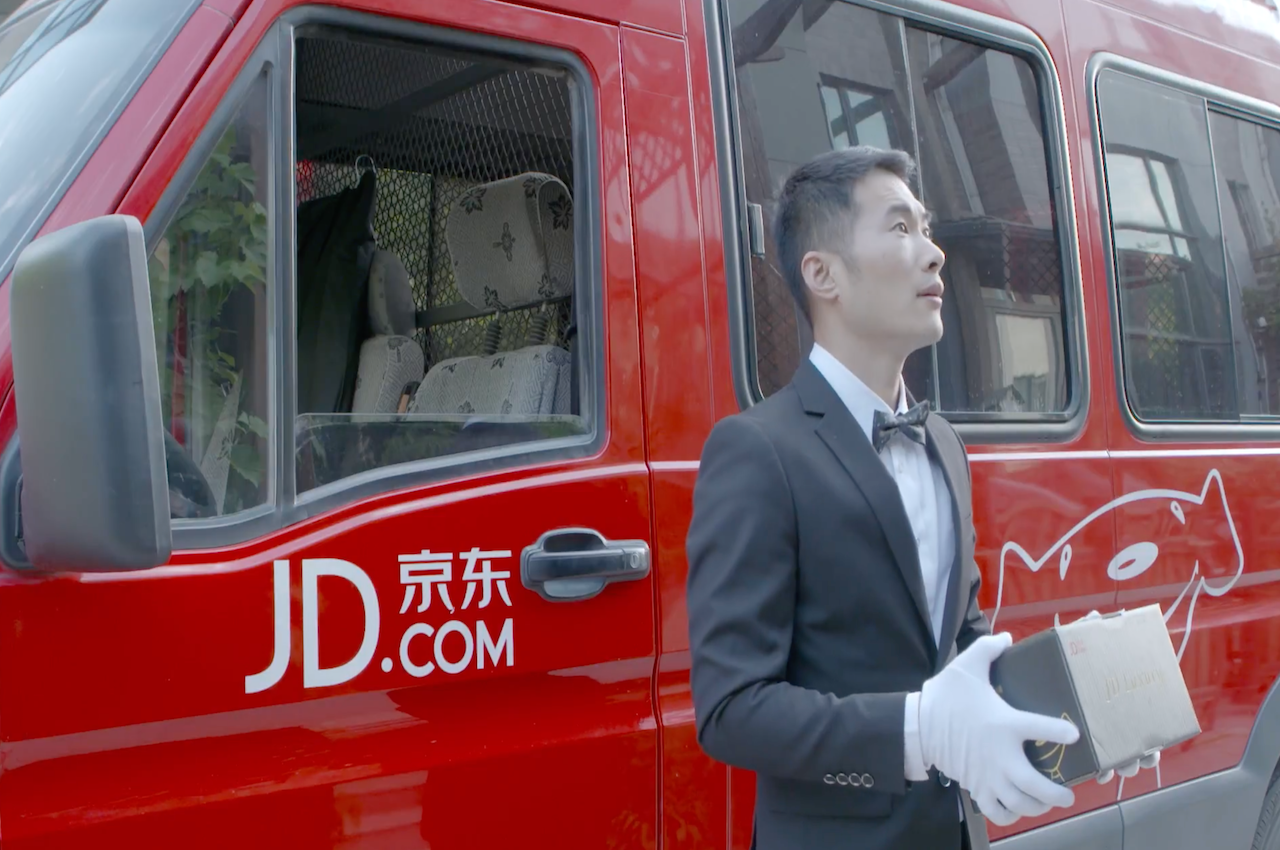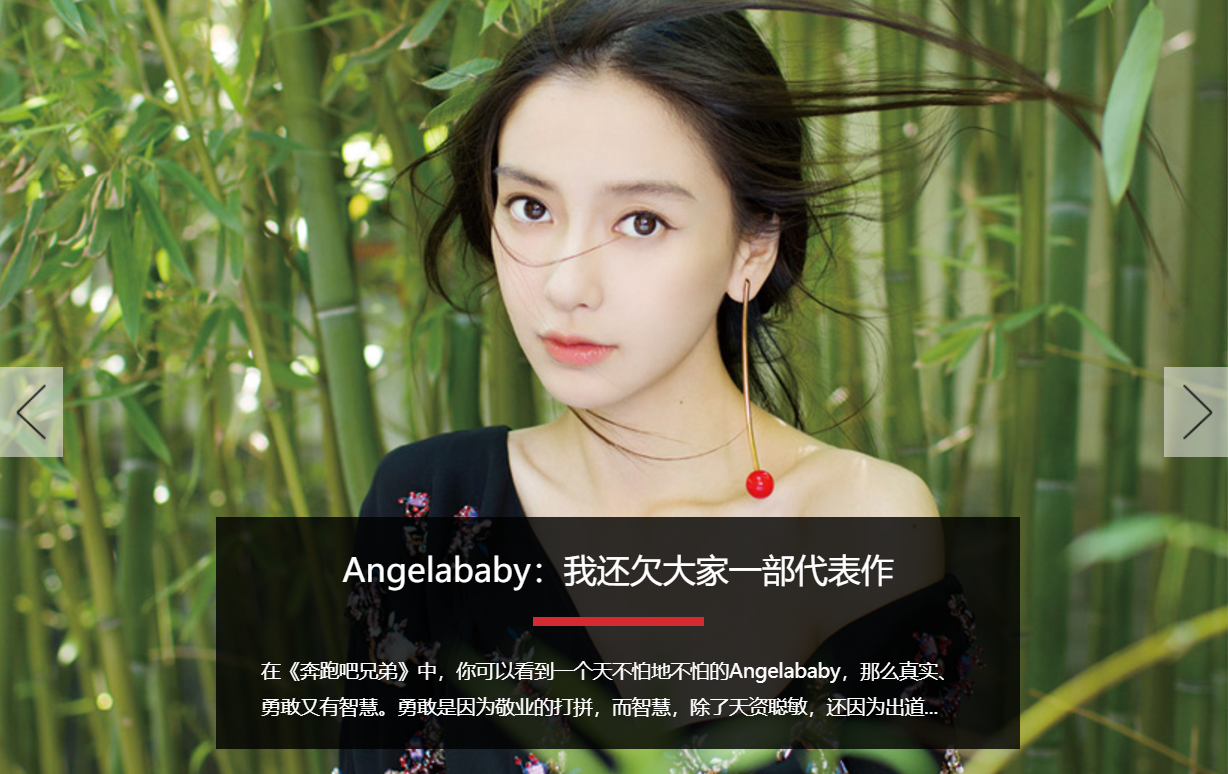With the Chinese market growing at an unprecedented rate in recent decades, global brands have quickly realized the importance of developing a comprehensive China strategy. Leading British luxury e-tailer Farfetch, whose business in the Asia-Pacific region accounts for nearly one-third of its total sales, feels the urgency more than most.
The fashion unicorn (defined as a startup valued at over a billion dollars) launched in 2007. It entered the Chinese market three years ago, setting up offices in Shanghai and Hong Kong, and launching Chinese-language services. In 2017, Farfetch sped up the process of localizing their offerings to Chinese consumers via a collaboration with JD.com. The deal gives Farfetch access to the know-how of China's second-biggest e-commerce platform, and a connection to Tencent, the owner of China's top social media platform, WeChat.
During the WWD's Mens Wear Summit this week, Jing Daily caught up with José Neves, the Portuguese founder and chief executive officer of Farfetch, to discuss his vision for the business in China, and how its Chinese partners have given it a head start.
Let’s start with Farfetch’s partnership with JD.com last year. How has it benefitted your business in China so far?#
This all started with the conversation between me and Richard Liu, the founder of JD.com. We found out that we shared the passion for the evolution of luxury markets in China. He is now on our board of directors. He obviously knows the Chinese market better than anyone. With JD.com’s investment, we agreed to integrate Farfetch technology with JD.com and WeChat data so that we are able to do online marketing in China, building relationships with people who buy on JD.com and use WeChat. That has been implemented since October. We are now able to target our advertisements and online marketing with much better data, using JD.com's 280 million shoppers and almost one billion users on WeChat.
To be specific, we have two areas where we're collaborating with JD.com. One is JD’s luxury logistics. We are going to use JD luxury logistics for Farfetch. Finally, there's auto JD pay and JD Baitiao, which will come later this year.
You set up Farfetch's Chinese offices in late 2015. China is perceived as a very different market to Europe and North America. What has been your experience selling there?#
We actually have a long experience of selling to the market. We have offices in Shanghai and Hong Kong. In total, we have 150 people in China. We have 65 engineers building our app in a completely autonomous way. We just launched our WeChat with every single product on Farfetch. We have our data scientists and our infrastructure in China inside the Great Firewall, which is quite unique, nothing like any other luxury online company with this capability in China. So we have been there for three years and learning a lot about the market.
How do you deal with competitors like Net-A-Porter, Alibaba’s Luxury Pavilion, and even JD.com’s Toplife?#
We have a very different business model. We are partners to the brands, partners to the boutiques of China. We don’t buy inventory like other players. In terms of the international players, we are the only one with this quite high technological capability in the market. There is really no other Western company in the luxury space with these capabilities. In terms of multi-brand, full-price luxury retail, I think we are quite unique.
In terms of the local players, I think Farfetch offers a different point of view because we are mostly a cross-border business. So for Chinese consumers, they come to Farfetch for the latest fashion in real-time as soon as it comes out of Paris, Milan and London, Tokyo. This is very different from local players in China, which mostly deal with local inventory and products already in the Chinese market. China is a very large market with multiple players, but what Farfetch offers is quite unique.
Do you agree with the statement that Chinese consumers are much more willing to purchase luxury goods online than those in the West?#
I agree with the statement. I think what is really interesting is the average age of our China mainland consumers is 29 years old. Incredible! The average age globally is 36. So what we see from China is that we appeal to the Chinese millennials, or Generation Y and Z luxury consumers. This is so exciting. I think they are where the world of online growth will come from in the future. They are also very sophisticated. They buy a lot of different brands, including many smaller designer brands coming from Europe and the United States. We are really excited that Chinese consumers are very sophisticated and mature, and willing to try new designers and new brands.
What's the secret to attracting Chinese millennials?#
I think it has something to do with our fashion merchandising. Farfetch has 250,000 products online. That is ten times more than our competitors. We have 1,000 designers on the platform. If you can really offer unique things to China, millennials will be really interested in them because they want to be unique, to reaffirm their individuality, and this is something that Farfetch really empowers them to do.
I think, then, it is also about the technological experience, making sure that we have a Chinese app. Chinese consumers’ natural behaviors are buying either on WeChat or on an app. It is really important for them to have a fantastic mobile experience with the Chinese app. It is also crucial with WeChat. We have a full catalog on WeChat and other localization features like Alipay, WeChat Pay. All of these things together ensure we serve them in the right way. We also have local customer service, and local personal shoppers and stylists. We even organize events for VIP clients.
Connecting online to offline has become important for many brands and businesses. What is Farfetch’s strategy on this front?#
We have already connected online to offline in many countries. For example, we offer 90-minute delivery with Gucci in ten cities, including Tokyo, Dubai, Miami, and L.A. We don’t have the domestic logistics yet in China. For the coming fall, we are about to launch domestic delivery within China. We will start with Saint Laurent, being the first label to use our domestic delivery solution. Then brands will be able to offer the same-day delivery, collecting and returning.
Will you open a physical store in China?#
At the moment, we have no plan to open a physical store in China. Our strategy is to help brands have a presence in China, not only cross-border but also leveraging their presence in China to offer more, such as China delivery, which allows it to be much faster. We also formed a partnership with Chanel to work on future technology. We will be developing in-store technology, which will improve the customer experience and also the shopping experience in the offline world. This partnership with Chanel will start in Europe, but the ideal plan is to roll out globally to all Chanel stores around the world.
Farfetch has a partnership with Condé Nast, and you've organized events together in China. How does this relationship help you reach out to Chinese consumers?#
Condé Nast is an investor in Farfetch. Jonathan Newhouse is the owner and CEO of Condé Nast International, which includes Condé Nast China, and is also on the board of Farfetch. So we have a three-pronged relationship. We are talking to China at the moment about some exciting initiatives. We will have more and more collaborations between Farfetch and Condé Nast in China this year.
What are some of the biggest challenges that you foresee for Farfetch in China?#
We are really really excited about China, which is such a fast-growing market. We see opportunities everywhere. Of course, it is a different technology eco-system from Europe. While there is lots of competition in every category, in the luxury category, people have just started to buy these kinds of products. So it is less than 10 percent penetration. I think there is a huge opportunity for us really offer something to consumers.
If I need to really pick one challenge, it's the talent, people. How to find talented Chinese people and build the team in the right way. It is not easy for a Western company to find great talents in China who also speak English and want to work in a multi-national company.




